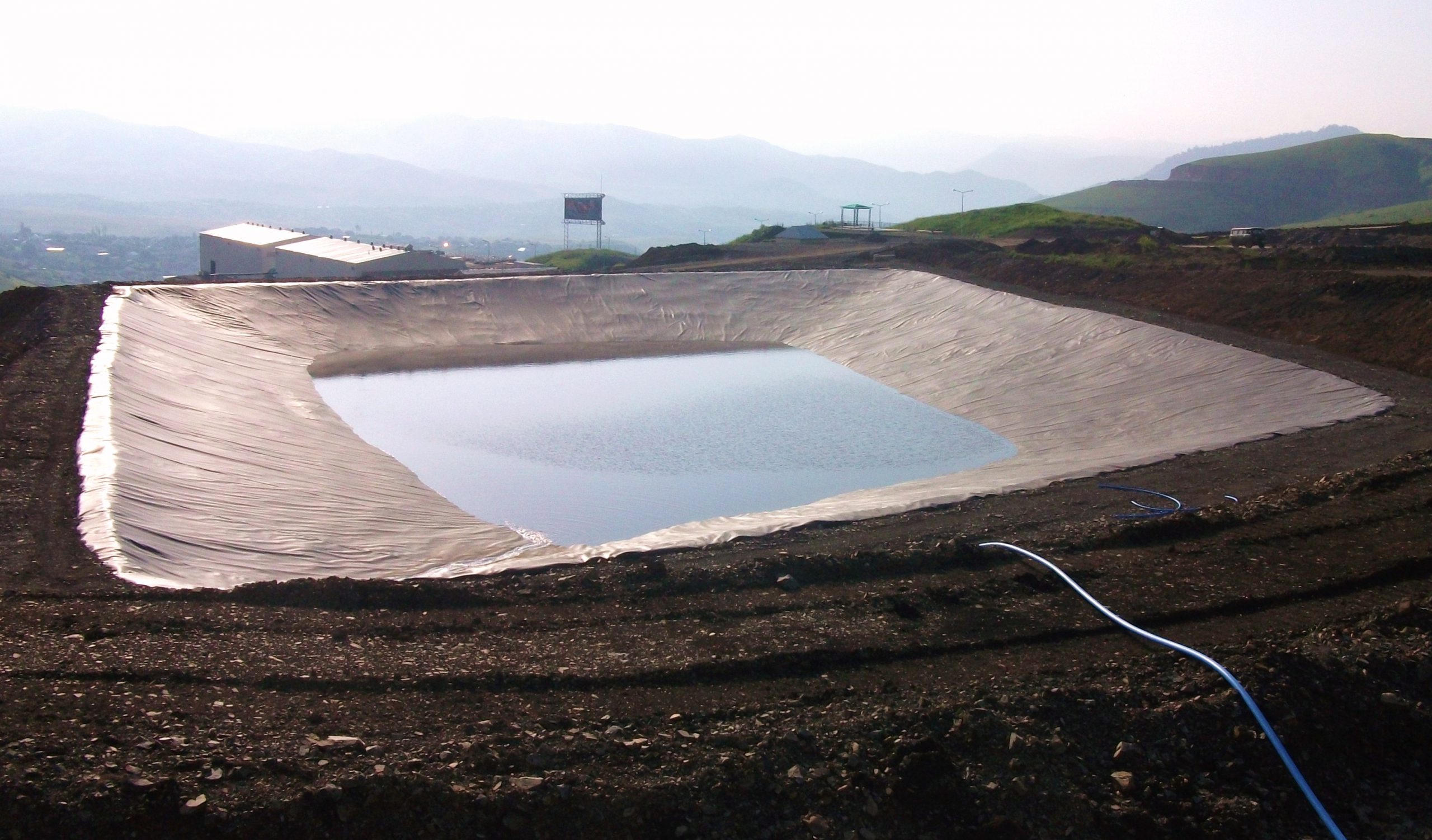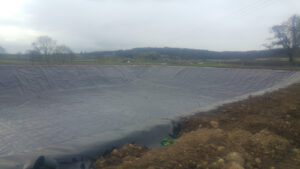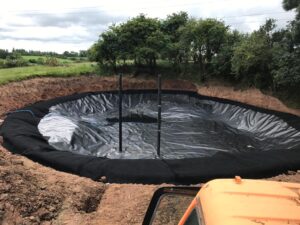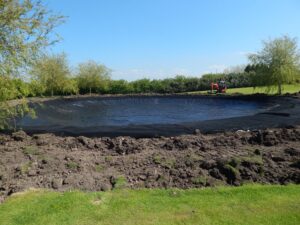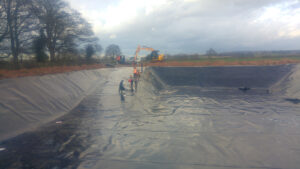Geomembrane liners are versatile barriers used in a wide array of industries for containment, protection, and environmental conservation. These liners, made from different materials, offer unique properties tailored to specific applications.
1. High-Density Polyethylene (HDPE) Geomembranes
HDPE geomembranes are among the most widely used liners due to their excellent chemical resistance, durability, and flexibility. They find applications in sectors such as waste containment, mining, agriculture, and water conservation. Their robust nature allows them to withstand varying temperatures and environmental conditions, making them suitable for diverse projects.
2. Polyvinyl Chloride (PVC) Geomembranes
PVC geomembranes are known for their flexibility and resistance to ultraviolet (UV) rays and chemicals. They’re commonly utilised in applications requiring resistance to oils, acids, and alkalis. Their use spans industries like agriculture, landscaping, and pond liners due to their adaptability and ease of installation.
3. Ethylene Propylene Diene Monomer (EPDM) Geomembranes
EPDM geomembranes excel in applications where superior elasticity and weather resistance are required. Their ability to withstand extreme temperatures and UV exposure makes them ideal for applications like waterproofing, decorative ponds, and landscaping projects.
4. Linear Low-Density Polyethylene (LLDPE) Geomembranes
LLDPE geomembranes offer enhanced flexibility and elongation properties compared to HDPE, making them suitable for projects requiring stretchability and conformability. They are often used in applications such as landfill liners, secondary containment, and aquaculture due to their puncture resistance and weldability.
5. Chlorosulfonated Polyethylene (CSPE) Geomembranes
CSPE geomembranes exhibit excellent resistance to chemicals, ozone, and UV exposure. They find applications in water containment, waste management, and oil and gas projects due to their durability and resistance to harsh environmental conditions.
6. Reinforced Geomembranes
Reinforced geomembranes incorporate geotextiles or other reinforcement materials to enhance strength and stability. These liners are employed in applications requiring increased tensile strength and puncture resistance, such as in mining operations, reservoirs, and canal linings.
Choosing the Right Geomembrane
Selecting the appropriate geomembrane involves considering factors such as the specific application, site conditions, environmental considerations, and required performance characteristics. Factors like chemical resistance, durability, flexibility, and installation ease play pivotal roles in determining the most suitable geomembrane for a project.
Conclusion
Geomembrane liners represent a diverse range of materials tailored to meet specific industrial, environmental, and engineering needs. From HDPE to EPDM and beyond, each type of geomembrane offers unique properties that contribute to containment, protection, and environmental sustainability across various sectors. Understanding the distinct qualities of each type enables engineers, environmentalists, and project managers to make informed decisions when selecting geomembranes for their applications, ensuring efficient and effective containment solutions.
To find out more about our products and services and how we can help you, please contact us using the below –
Tel: 01695 228626
Email: enquiries@enviroseal.co.uk

